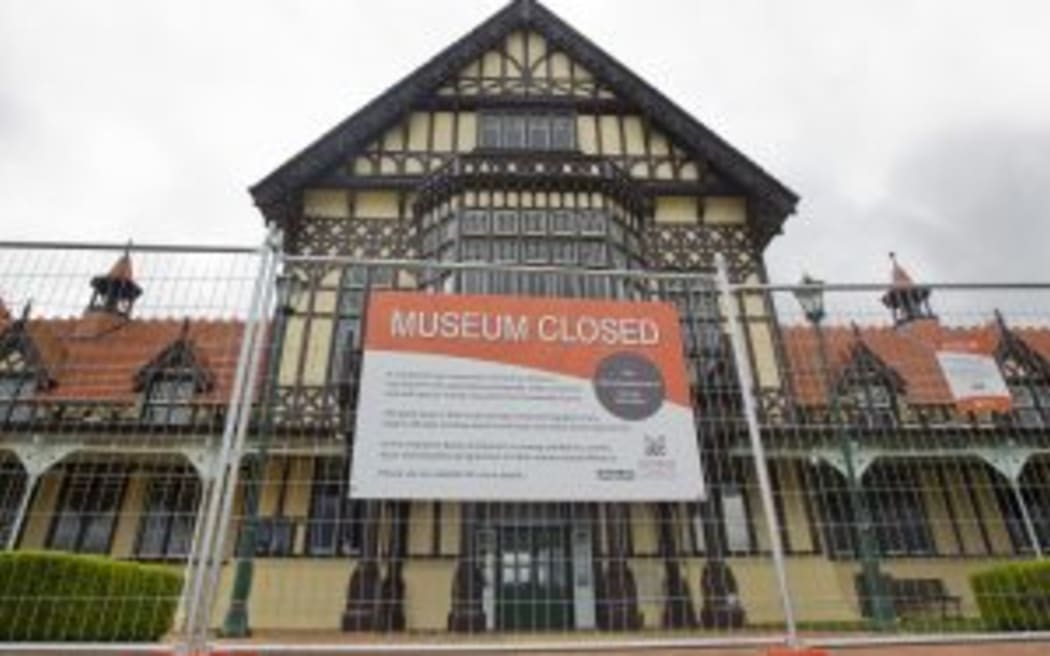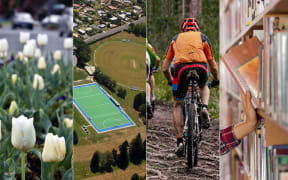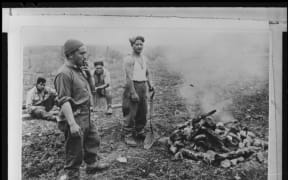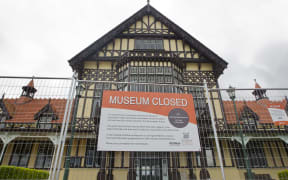
Rotorua Museum has been closed since 2016. Photo: Local Democracy Reporting/ Rotorua Daily Post - Ben Fraser
Rotorua residents may soon have a chance for a say on the future of their historic museum, which has been closed for seven years.
Four options for the future of the iconic Rotorua Museum - Te Whare Taonga o Te Arawa are to be presented to Rotorua Lakes Council on Wednesday 10 May, with a recommendation councillors consult the community before choosing which to pursue.

According to the meeting agenda, the options were: to restore and reopen the museum; to carry out the project in stages; to postpone it; or to earthquake-proof the building to a lower standard - which would mean it could not be used as a museum.
The museum building is more than 100 years old and carries a Category 1 heritage rating.
It closed in 2016 after sustaining significant structural damage in the 7.8-magnitude earthquake that struck Kaikōura.
The council agreed in 2018 to put $15.5m towards the strengthening and restoration project, with $38m from external funders for a total funding envelope of $53.5m.
However, the construction budget now needed to complete the project was estimated to have grown to at least $81.4m, meaning the council would need to find about an extra $28m capital investment if it chose to pursue this.
A report for the meeting, prepared by the council's Manahautū Māori - Te Arawa partnerships deputy chief executive Gina Rangi, said costs could go beyond that given the age of the building and complexity of the project.
Costs to design and install the exhibitions would be extra.
The option to restore and reopen the building as a museum would involve work to strengthen the building, and fit-out of all internal spaces. This could mean opening by early 2026.
The extra cost was proposed to be met through $9m of council funding obtained through borrowing, and $19m of external funding.
Carrying out the project in stages would mean it could not re-open until the second stage - the internal fit-out - was complete. The council would need to contribute an extra $500,000 to the cost of stage one, which was estimated at $54m. There was no indication of what stage two could cost.
Postponing the project would mean remedial work would need to be done to make the building safe to passers-by, to prevent trespassers and to close existing contracts, but the building would not be usable.
It was estimated to cost $10m to stop the project now and no additional funding would be required. There would be an investigation into a new museum and art gallery.
The last option involved investigating an "alternative seismic solution" to strengthen the building to at least 34 percent of the National Building Standard. The building would comply with the Building Code and would no longer be earthquake prone, but would not be able to re-open as a museum.
The council would look into alternative uses for the building, and for a different location for a new museum or art gallery.
The cost of achieving this was not known.
The external funding already secured for the restoration was: $17m from the Provincial Growth Fund, $10m from the Rotorua Trust, $6m from the Lotteries Grants Board, and $5m from Manatū Taonga - Ministry for Culture and Heritage.
The report said all funders had indicated a strong desire for the project to be finished and some indicated they might be able to contribute more if the council picked that option and upped its own contribution too.
There were 713 submissions received during the original community consultation about the museum in 2018. More than 80 percent expressed a preferred option of wanting the building strengthened, fully restored and reopened.
However, the change to the economic environment and the additional council investment required to complete the project meant consultation would have to be held again.
If the council agreed to consultation on the options, this would begin on Wednesday 17 May, and the council would pick the final option in July.
Local Democracy Reporting is Public Interest Journalism funded through NZ On Air





